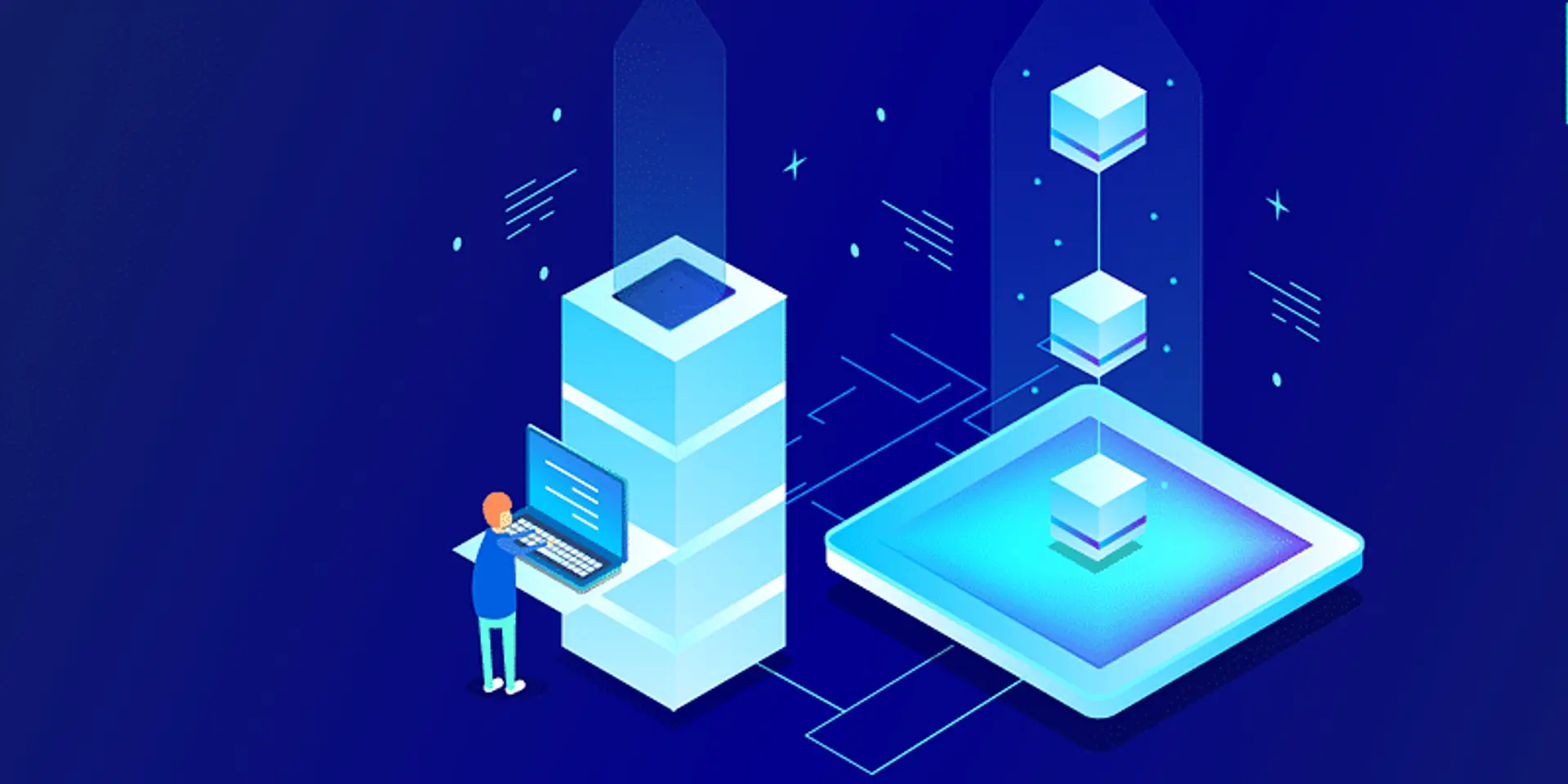Understanding tokenisation of real-world assets
The potential of real-world asset tokenisation is vast, and understanding both its challenges and opportunities is crucial in navigating this evolving landscape.
Asset tokenisation implies representing real-world assets like precious metals, art, real estate, and collectibles as digital tokens on the blockchain—a revolutionary approach that can potentially transform traditional finance. Tokenising assets offers fresh avenues for investment and liquidity.
In February, the Hong Kong Monetary Authority (HKMA) issued tokenised bonds worth 800 million Hong Kong dollars (about $103 million). The bond—with a five-year tenure and a 2.5% coupon rate—was sold to institutional investors and was fully subscribed within hours. These bonds can be purchased, traded, and transferred through a decentralised platform or blockchain network.
The potential of real-world asset tokenisation is vast, and understanding both its challenges and opportunities is crucial in navigating this evolving landscape.
The limitations
When it comes to tokenising real-world assets like precious metals or property, you may encounter variations in regulatory frameworks from one jurisdiction to another. Worldwide, governments are still struggling to classify and regulate cryptocurrency or digital assets, which can lead to legal hurdles and uncertainty in the long run.
The widespread adoption of asset tokenisation has been slower than anticipated, although it holds immense potential. Traditional investors and financial institutions are hesitant to embrace the new paradigm. They are largely concerned about the security, custody, and the unfamiliar nature of blockchain technology.
There’s no denying that the cryptocurrency market is volatile, and tokenised assets aren’t free from this volatility either. While blockchain technology enhances transparency, it doesn’t hedge your asset against market fluctuations—a major concern for investors looking for stable financial avenues.
The opportunities
One of the most significant benefits of tokenising real-world assets is better liquidity. Take the instance of real estate or fine art. Traditionally considered illiquid assets, they can be segregated into smaller tokens upon digitising—making it easier for investors to purchase or sell fractions of these assets.
Tokenising real-world assets opens up fresh investment opportunities to a broader range of individuals. Previously, fewer individuals could engage in property investments as the ticket size of properties was beyond their financial reach. However, now they can easily access the market with smaller or fractional parts available.
With blockchain technology, a transparent ledger of ownership significantly reduces the risk of disputes or fraud, which goes a long way in enhancing trust among market participants and investors.
Tokenisation simplifies the process of transferring ownership and managing assets. Through smart contracts, you can automate tasks like asset management and distributing dividends, cutting down on overhead administrative costs.
Exploring real-world use cases
Let’s understand the practical applications of asset tokenisation:
Real estate
Investors can own a share of prestigious properties with the tokenisation of real estate. Thus, they don’t need large capital or investments. This approach is revolutionising the real estate market, enhancing its accessibility and liquidity.
Precious metals
Now, investors can purchase tokens that represent fractions of precious metals like gold and silver, backed by physical reserves. Thus, they prove to be a convenient and secure way to invest in precious metals.
Art and collectibles
For art enthusiasts, tokenisation brings a great opportunity to invest in valuable artwork and collectibles. How about owning a fraction of a famous painting or a rare collectible item? These assets can now reach a wider audience.
Conclusion
The tokenisation of real-world assets is a groundbreaking concept, poised to take a leading role in the blockchain industry in the coming years. However, the obstacle of regulatory uncertainty is preventing them from realising their full potential.
Asset tokenisation orchestrates a financial transformation. Enhanced liquidity unlocks inherent value, nurturing a dynamic financial ecosystem. The conversion of tangible and intangible assets into digital tokens reshapes the investment landscape.
It makes it easier for more people to invest, improves trading conditions, and allows people from anywhere to participate. Investments are more accessible, and managing them becomes simpler. It's a significant change for the better.
Om Malviya is the President of Tezos India
Edited by Suman Singh
(Disclaimer: The views and opinions expressed in this article are those of the author and do not necessarily reflect the views of YourStory.)







